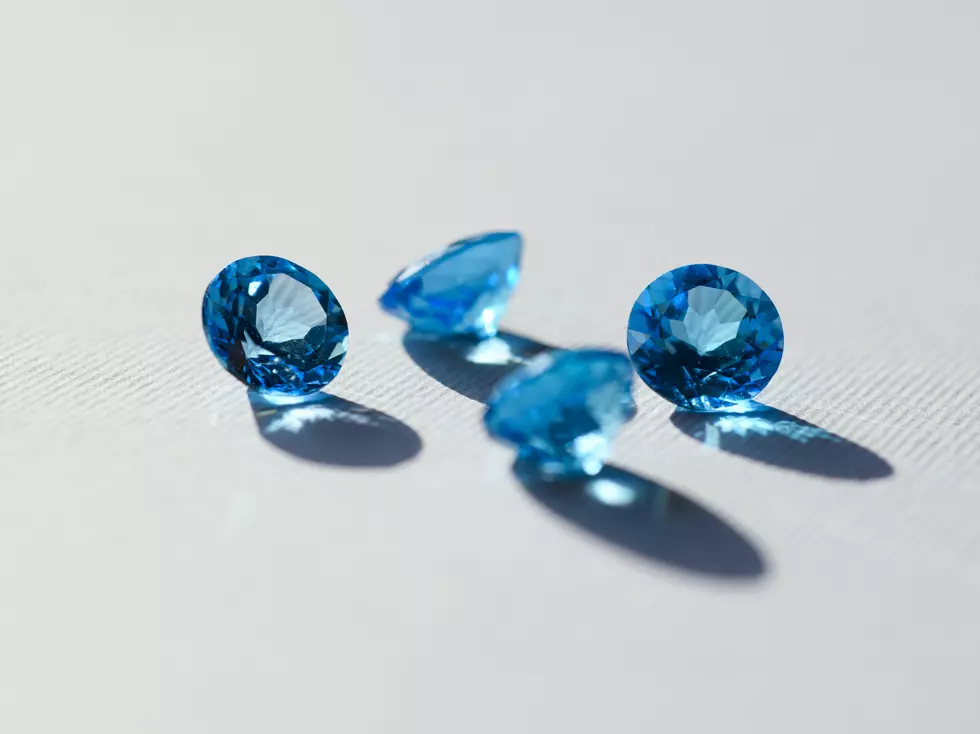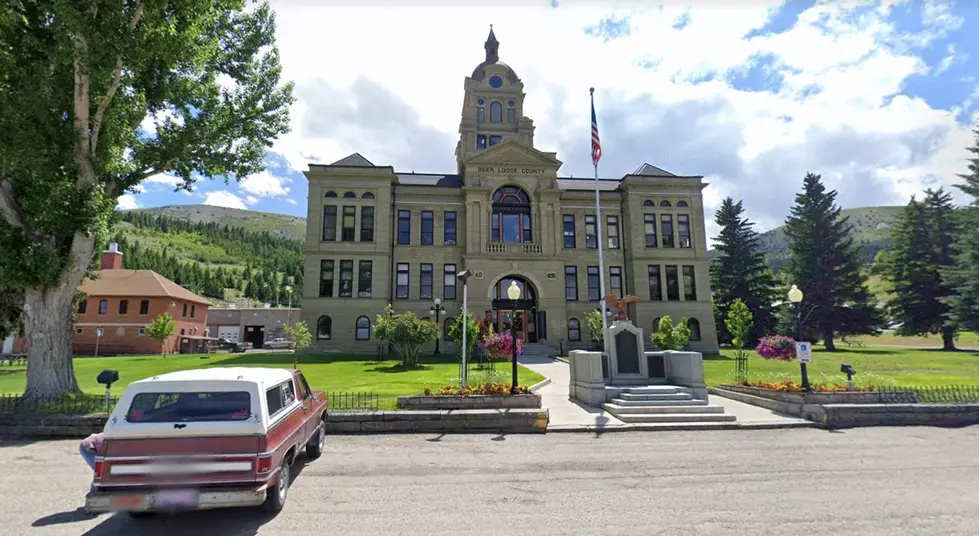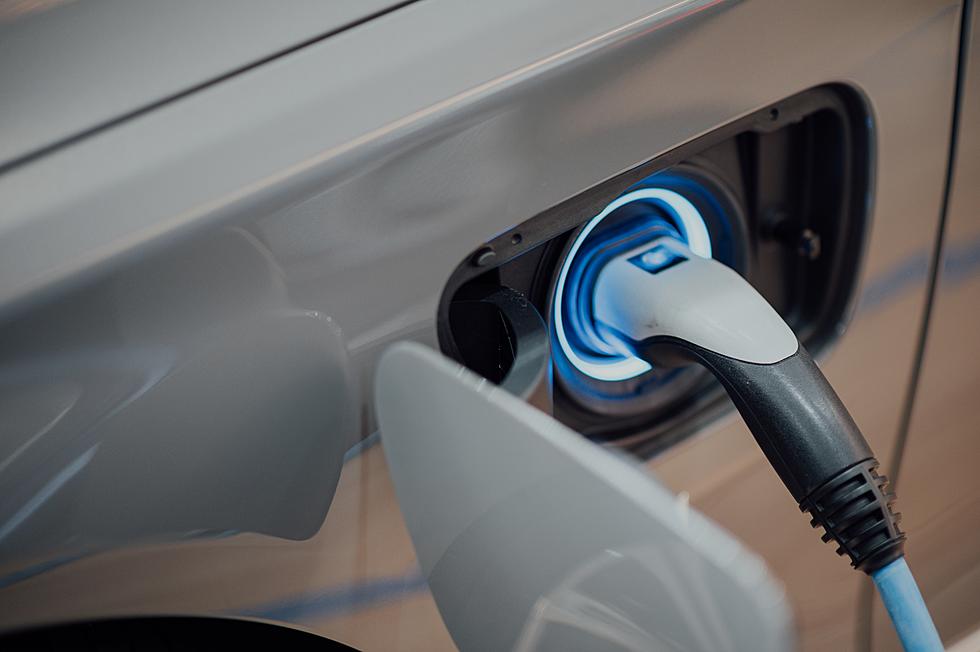
Let The 1% Take Care of Climate Change
If Henry Ford had asked people what they wanted most in the early 1900’s there’s a good chance they would have said faster stronger horses — because that’s all they knew.
Henry Ford on the other hand had a vision of streets in the future devoid of horses and filled with his “horseless carriages.”
What separates the huddled masses yearning to breathe free from the movers and shakers of the world is a vision of how they could improve things.
Was there resistance to Ford’s noisy Model T? Of Course. Most thought it was a fad or at best only within the reach of the rich. Plus, it scared the horses.
But Henry knew emotion would eventually win out. Make something affordable that people like and a successful business is born.
Is Climate Change Real and Is It Manmade?
The short answer is it really doesn’t matter. If climate change becomes a threat to business, then business will take it on and like Henry Ford and change the future for the better.
So — Did Henry develop the automobile as a magnanimous gesture to help people or did he do it to make a buck? Either way society benefited.
When and if climate change becomes a threat to business then business will rock and roll to solve the problem for it’s a matter of self-preservation for them as well as us.
And the good news is they have the means to do something about it.
The Cost of Green Energy People Miss
Ask 100 people what’s needed to solve the climate change issue and you’ll most likely get three answers. Electric cars, wind turbines and solar panels.
Let’s talk about each one.
Electric Cars
The average electric car battery weighs about 1,000 pounds. And is made almost entirely from non-recyclable materials.
That would require mining more than 500,000 tons of raw materials from a hole somewhere on the planet.
If electric vehicles replaced fossil fuel cars the demand for cobalt and lithium would rise 20 times. Battery disposal would be worse than all the plastic pollution we have now.
Mineral demand won’t be met by Europe or the US. Look for mining in third world nations that exploit labor.
In 2018 a Dutch Government study found that, “Exponential growth in [global] renewable energy production is not possible with present-day technologies and annual metal production.”
Wind and Solar
Would you like to build a wind turbine? All you’ll need is 900 tons of steel, 2,500 tons of concrete and 45 tons of non recyclable plastic.
Solar requires even more cement, steel and glass along with other metals.
Silver and indium mining all over the world would conservatively jump 250 to 1,200 percent to produce the number of solar panels forecast to be needed.
Rare-earth elements not normally mined in the US would rise 300-1,000 percent by 2050 just to meet the Paris goals. Rare earth elements are almost entirely refined in China.
All it would take for wind turbines to supply half the world’s power would require two billion tons of coal to produce the steel and concrete, and two billion barrels of oil to make the composite blades
Ninety percent of solar panels are built in Asia using coal-heavy electric grids.
How The 1% Will Save The Planet
As I said before business will eventually be the one to solve this problem because it will be in their best interests to solve it — not to save the planet. But they will publicly take that credit.
Businesses know that by saving energy you can increase profits. That fact is not lost on the thinking of major corporations.
Let’s look at a company everyone hates — Walmart.
Could Walmart be doing more than their fair share to save the planet? Here are some things about Walmart you might not know.
- Walmart saved $20 million dollars a year and who knows now many trees and ink simply by making their receipts shorter.
- Walmart committed to spend $600 million per year to increase the fuel efficiency of their truck fleet. The goal was to increase fuel efficiency by 25 percent over the next ten years and reduce greenhouse gas emissions by 20 percent in seven years. Better than what the government is asking.
- Walmart is working to reduce energy use in its stores by 30 percent and to cut solid waste by 25 percent in three years. Eventually they will only use renewable energies and have zero waste.
- Three experimental stores in McKinney, Texas, Aurora, Colorado and Las Vegas, Nevada, will use wind turbines, photovoltaic solar panels, bio-fuel-capable boilers, water-cooled refrigerators and xeriscape gardens.
- Walmart is now the largest seller of organic milk and the largest purchaser of organic cotton in the world.
- Walmart hired outside consultants to study its impact on the environment and what they could be doing better. They discovered that by reducing some packaging on their store brands they could save $2.4 million dollars in shipping costs, 3,800 trees, and a million barrels of oil per year.
- Walmart has created Texas Retail Energy, its own electric company. It will be able to not only supply its stores with affordable energy but will save $15 million annually and will also be able to sell excess energy to Texas consumers as well.
Is Walmart doing this to save the planet? My guess would be no. They are doing it because it cuts their costs and makes them more profitable.
Walmart is far from a perfect company in every respect but at least they are looking at methods that will make them more valuable to the consumer. And other companies will follow their lead.
Some Final Thoughts
Think back to the 1900s. Would you have enjoyed living in New York City with no EPA?
Just as we improved living conditions over the past 120 years what makes anyone believe we won’t continue that effort?
Alternative fuels will come — but in their own good time. Alexander Graham Bell and Watson didn’t start working on texting after they got the phone to work.
There is such a thing as product evolution. We could not have sped up the evolution of the automobile by shooting all the horses.
All of us can contribute to a better planet in our own small ways. But look to the big dogs to keep the kennel clean.
More From KMMS-KPRK 1450 AM









